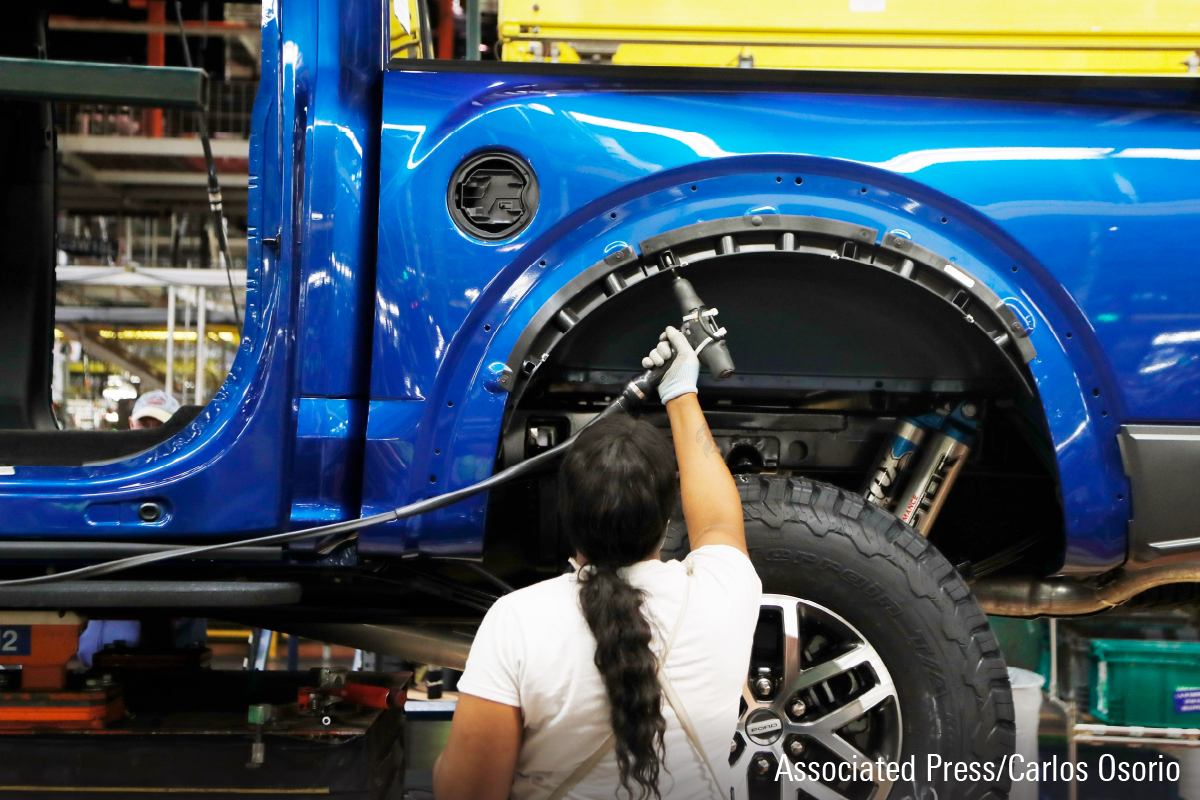When Will Supply Chains Recover?
Some stock sectors offer clearer timelines than others.

Supply chain woes have rattled global trade, stock markets, and even investor portfolios in 2021.
We recently asked Morningstar equity research directors how supply chain pressures have affected their respective sectors, when their sectors will recover from these issues, and what factors may speed up or slow down recovery timelines.
So far, these disruptions have affected the technology, consumer, and industrial stock sectors the most--while others like financial services and healthcare have been modestly impacted. In this article, we’ll focus on those sectors most affected and how things are looking for the coming year.
Chip Shortage to Remain for Most of 2022 The chip shortage has been the most prominent supply chain disruption for the technology sector. Brian Colello, Morningstar's director of technology equity research, says one of the reasons for the shortage was that chip manufacturers, such as Taiwan Semiconductor TSM, didn't have the capacity to meet demand for chips used in personal computers and tablets.
In addition, many U.S. automakers were caught off guard by how quickly auto demand rebounded after the early months of the pandemic. To catch up with this demand, automakers submitted large orders of chips, which overwhelmed chipmakers.
To make matters worse, chipmakers generally have trouble ramping up production quickly. Colello explains that this is because installing new factory equipment takes time and that chipmaking is a high fixed-cost business.
On the downside, chipmakers are running their factories at tight capacity but still haven't caught up to customer demand. Colello notes that “chip demand has been stellar and well in excess of supply, so chipmakers are selling everything they can produce.” As a result, chipmakers can increase prices while having highly efficient production, which can increase profitability.
Colello noted that many of his management teams predict the chip shortage will recover by the end of 2022--or perhaps even 2023. (Morningstar Direct clients can read more here.)
Consumer Supply Chains to Recover in the Next Six to 12 Months Labor shortages are the main disruption issue for many consumer-focused companies, says Erin Lash, Morningstar's director of consumer sector equity research.
Other supply chain issues are industry-specific. For instance, power sports companies like Polaris PII are having trouble sourcing raw materials, while hotel operators are challenged by a lack of construction materials.
Disruptions have also snagged the fashion industry, increasing shipping costs and delivery times. Retailers that source materials and sell to customers domestically seem to be doing OK, Lash explains, while those with more global supply chains have shown vulnerability.
Large retailers are taking advantage of their size to withstand supply chain issues, but there are exceptions. Even Nike NKE can’t keep up with demand and is struggling with coronavirus-related manufacturing shutdowns.
Lash says it’s possible that supply chains will recover in the next six to 12 months, but “a significant amount depends on the labor situation and the extent to which new lockdowns or mobility restrictions surface, particularly in international markets.”
Industrial Supply Chains to Continue Improvement in 2022 Industrial companies are struggling with multiple supply chain issues like delayed shipping, labor shortages, and missing raw materials. Brian Bernard, Morningstar's director of industrials equity research, says the severity of these supply chain issues depends on the company.
Supply chain issues also haven’t helped an existing housing shortage. Homebuilders are lacking raw materials like lumber, appliances like refrigerators, and other crucial pieces like windows and doors. Bernard estimates the housing shortage is around 3.8 million homes--a supply gap that would be challenging to close by 2030.
To combat these disruptions, companies have been finding alternative suppliers and aggressively raising prices. However, Bernard explains that “most companies have felt margin pressure, and some revenue has been pushed out to Q4 of 2021 and 2022.”
The good news for industrial companies is that demand is strong, allowing them to increase prices. Those that receive a narrow or wide Morningstar Economic Moat Rating, underpinned by intangible assets that support pricing power, have done this especially well. Some companies like Johnson Controls JCI have even increased their profit margins, Bernard says.
Bernard sees marginal improvements to supply chains and is optimistic about continued improvement into 2022. However, he notes that some companies are concerned that a Biden-administration vaccine mandate “will cause employees to quit their jobs, which would exacerbate labor shortages and supply chains problems.”

/s3.amazonaws.com/arc-authors/morningstar/8b2c64db-28cb-4cb4-8b53-a0d4bc03a925.jpg)
/cloudfront-us-east-1.images.arcpublishing.com/morningstar/EBTIDAIWWBBUZKXEEGCDYHQFDU.png)
/cloudfront-us-east-1.images.arcpublishing.com/morningstar/IJKB5DGDNJFLPP6SBNF27R3UEA.png)
/cloudfront-us-east-1.images.arcpublishing.com/morningstar/PJQ2TFVCOFACVODYK7FJ2Q3J2U.png)
:quality(80)/s3.amazonaws.com/arc-authors/morningstar/8b2c64db-28cb-4cb4-8b53-a0d4bc03a925.jpg)